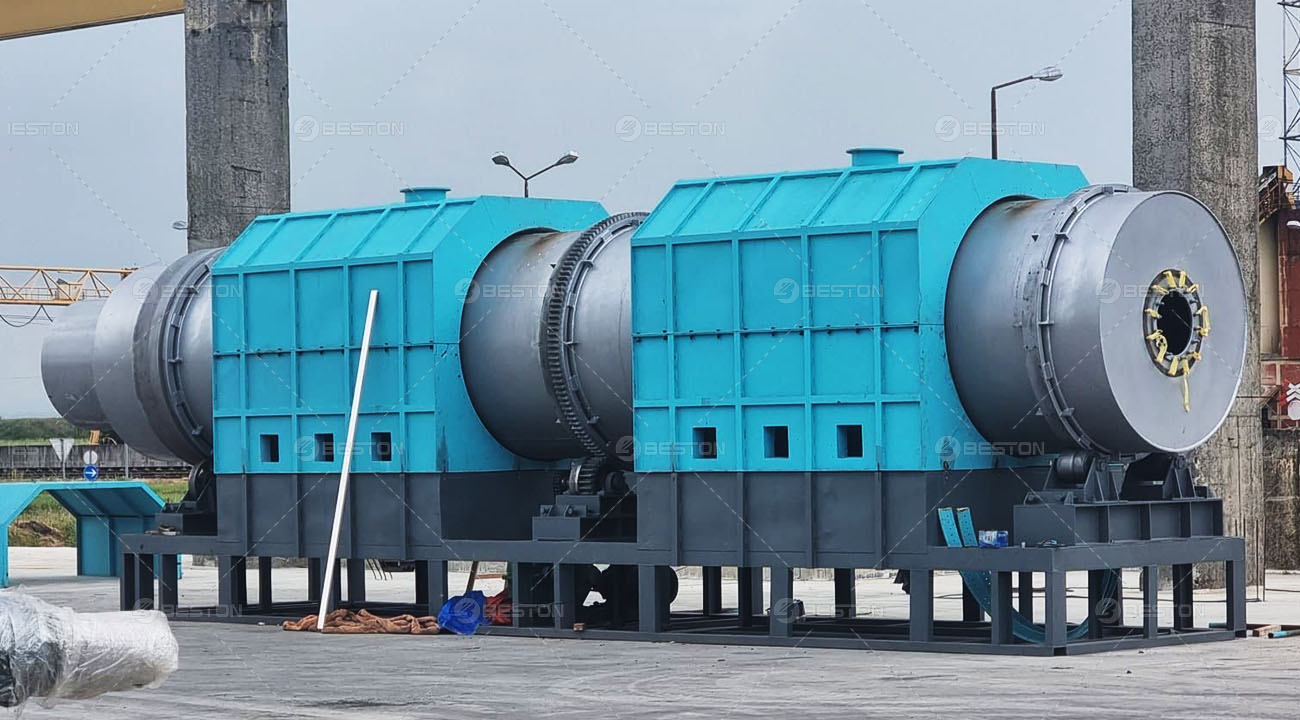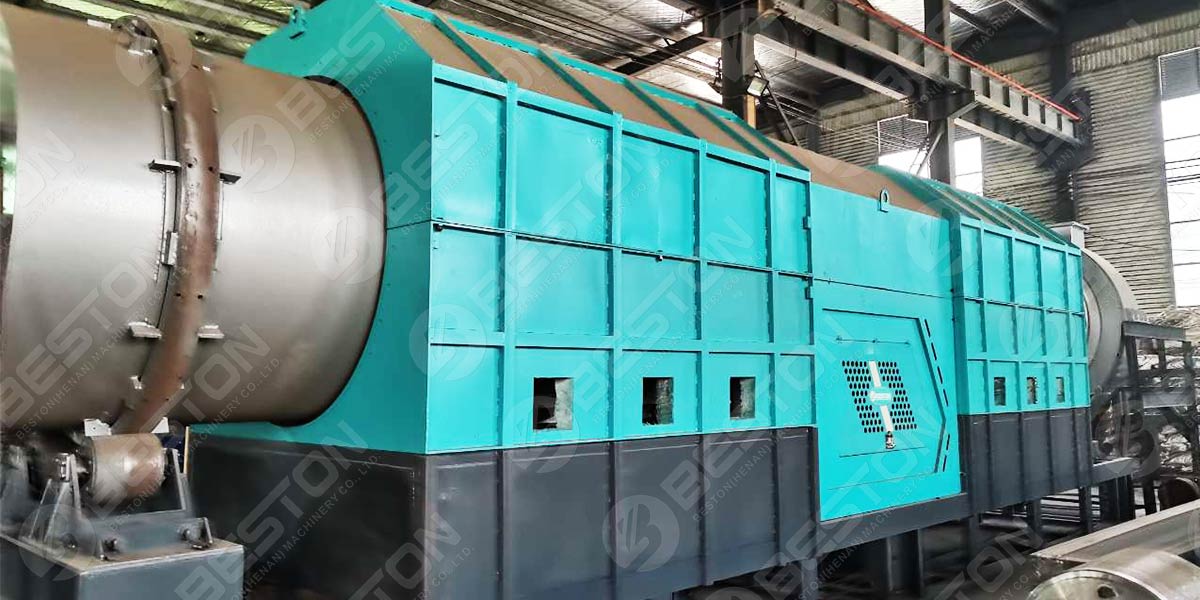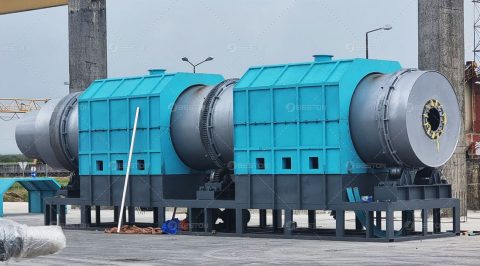The global transition toward low-carbon systems demands integrative solutions that merge waste valorization with clean energy. In this context, coupling biochar production technologies with renewable energy sources offers a pathway to climate-resilient industrial practices. Whether it’s a machine for making charcoal or a more advanced biochar pyrolysis machine, leveraging solar, biomass, and biogas inputs enhances both environmental performance and process efficiency.
Aligning Thermal Demand with Renewable Supply
Biochar production is inherently energy-intensive, requiring sustained thermal input to drive pyrolysis reactions within the biochar reactor. This process converts lignocellulosic biomass into stable carbon structures under oxygen-limited conditions. Integrating renewable energy, particularly solar thermal or concentrated solar power (CSP), allows direct heat delivery to the reactor, reducing reliance on fossil-derived fuels.
In regions with high solar irradiance, CSP systems equipped with thermal storage can maintain reactor operating temperatures during off-peak hours, enabling continuous production. When grid connectivity is limited or unreliable, these setups provide operational autonomy and emission reductions simultaneously.

Biomass Co-Firing and Internal Syngas Looping
A well-engineered biochar machine for sale is often equipped with the capability to utilize its own non-condensable gases—by-products of the pyrolysis reaction—as an internal heat source. This closed-loop energy system minimizes external fuel input and ensures a high thermal efficiency rate. However, this can be enhanced further by co-firing with sustainably sourced biomass pellets or agricultural residues.
Hybrid thermal models, using a combination of pyrolytic gas and biogas derived from anaerobic digestion, extend the system’s flexibility and contribute to full-cycle biomass utilization. This synergy ensures that both wet and dry organic streams from forestry and agricultural sectors are captured and valorized within a single operational ecosystem.

Decentralized Power via Renewable Electricity
For electrically driven components—such as feedstock conveyors, air blowers, or emission filtration units—a renewable power source like solar photovoltaic or small-scale wind energy can be integrated. Off-grid biochar operations, especially in rural or remote locations, benefit significantly from this modular electrification.
A biochar reactor marketed with integrated solar inverter options becomes an attractive solution for agricultural cooperatives, agroforestry projects, and sustainable land restoration initiatives. This decentralization reduces transmission losses and supports localized energy sovereignty.
Optimizing Emissions and Lifecycle Performance
Pairing a biochar pyrolysis machine with renewable energy sources does more than offset emissions; it enhances lifecycle carbon performance. When the heat and power demands of the biochar reactor are met with renewables, the entire operation can achieve near-zero or even carbon-negative status—particularly when the biochar is applied to soil as a long-term carbon sink.
Furthermore, hybrid configurations supported by digital controls and energy management systems can monitor input variability, optimize combustion parameters, and minimize pollutant formation. The result is a robust and regulation-compliant system, capable of sustained operation under fluctuating energy conditions.
Conclusion
The fusion of biochar production with renewable energy inputs marks a pivotal evolution in climate-aligned manufacturing. Whether deploying a small-scale machine for making charcoal or a fully automated biochar pyrolysis machine, aligning energy supply with solar, biomass, or biogas sources reduces emissions, enhances reliability, and strengthens the economic feasibility of carbon-smart operations. The biochar reactor, when synergized with renewables, is no longer just a waste-to-carbon device—it becomes an integral node in the renewable industrial value chain.
